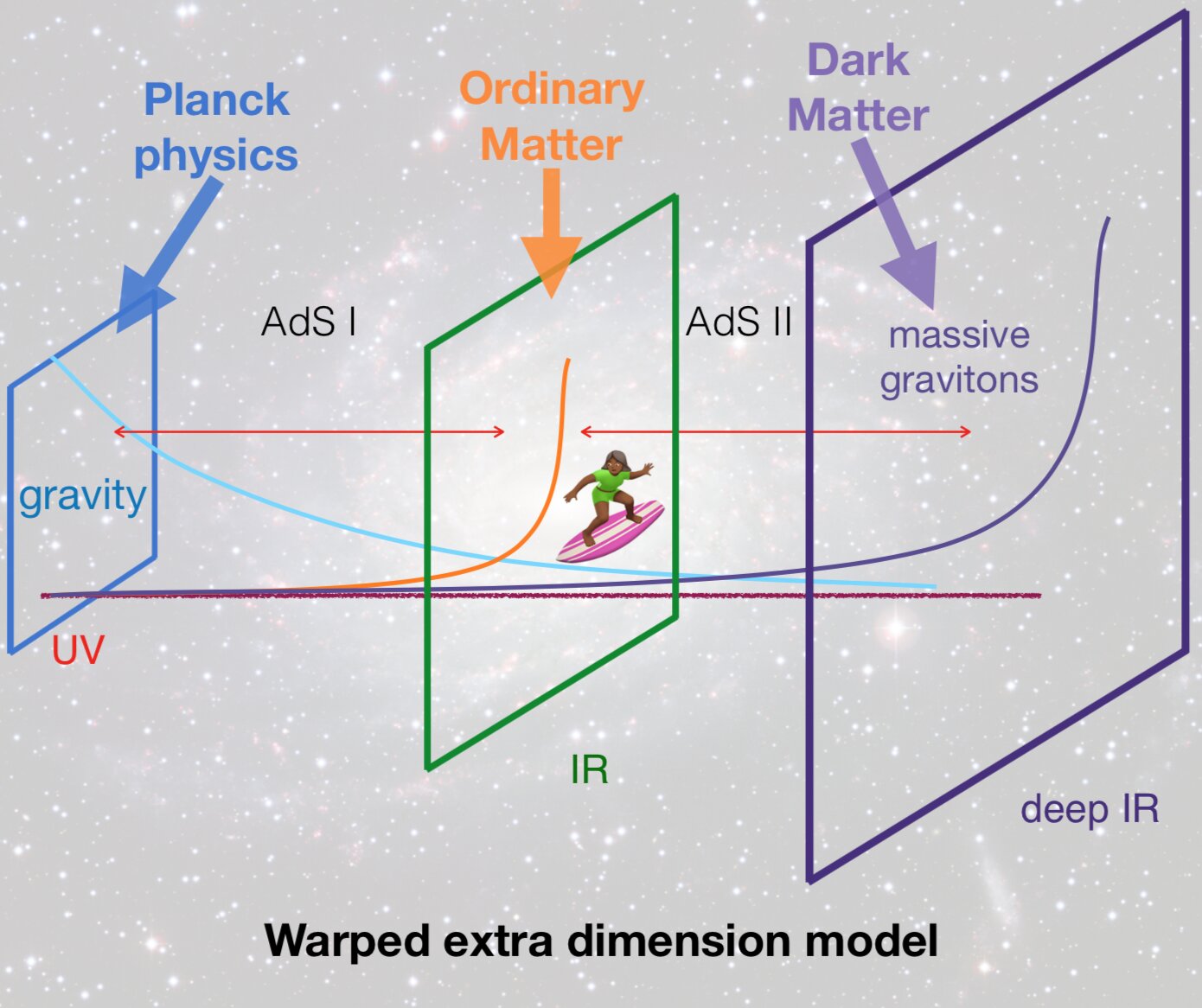. . .
So far, the most promising dark matter candidates are axions, neutrinos, and weakly interacting massive particles. Recently, however, some physicists also started investigating the possibility that another type of hypothetical particles, massive gravitons, could be viable dark matter candidates.
Theory suggests that massive gravitons were produced during collisions between ordinary particles in the hot and dense environment of the early Universe, in the few instants following the Big Bang. While theories predict their existence, these particles have so far never been directly detected.
Researchers at Korea University and University of Lyon have recently carried out a theoretical study exploring the possibility that massive gravitons could be good dark matter candidates. The results of their theoretical calculations were published in a paper in Physical Review Letters.
. . .
The calculations performed by Cai, Lee and Cacciapaglia show that instead of being associated with unknown physics occurring shortly after the Big Bang, the production of massive gravitons is most effective below the energy scale in which Higgs bosons reside. Higgs bosons are elementary particles that carry the Higgs field, the field that gives mass to fundamental particles such as electrons and quarks.
“This draws a direct connection between the physics studied at the Large Hadron Collider in Geneva and the early Universe physics of gravity and Dark Matter,” Cacciapaglia said. “Our results imply that gravitational dark matter is produced 1 picosecond after the Big Bang, at a time when particle physics is well described by the current theories.”
. . .


